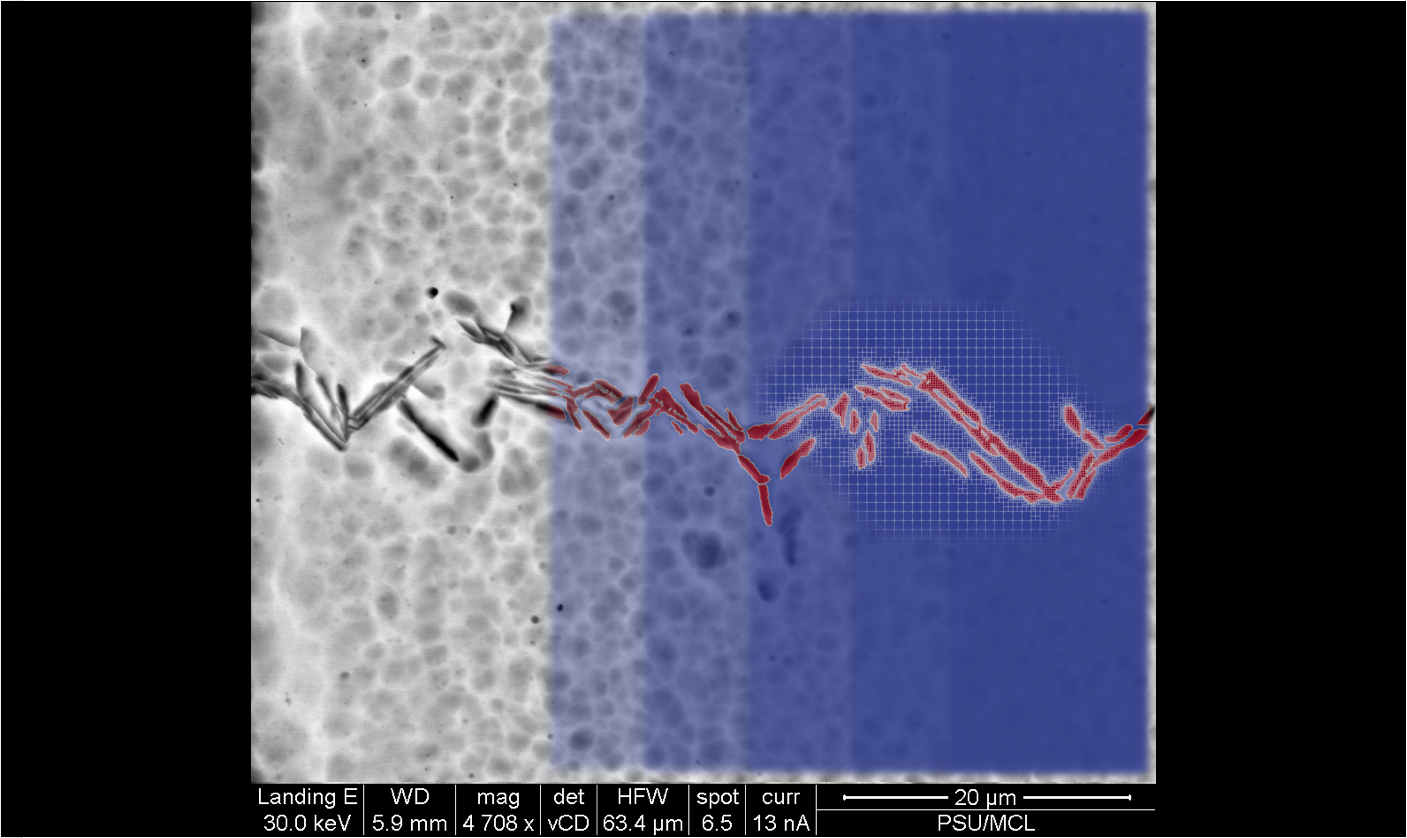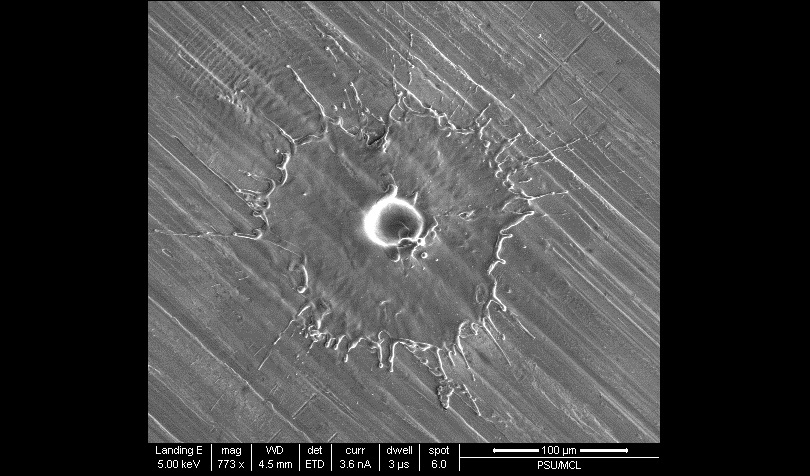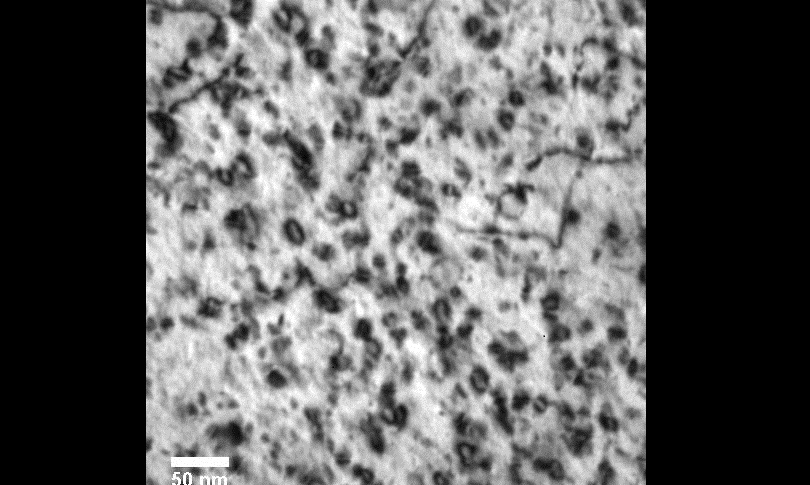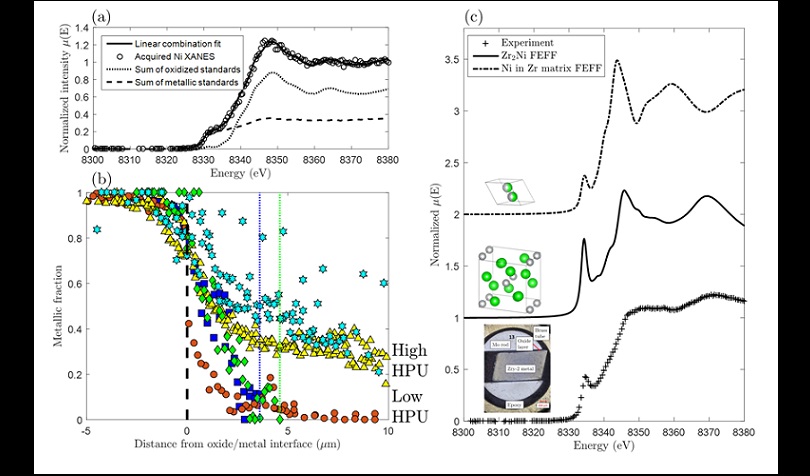Arthur T. Motta, Professor of Nuclear Engineering and Materials Science and Engineering
 |
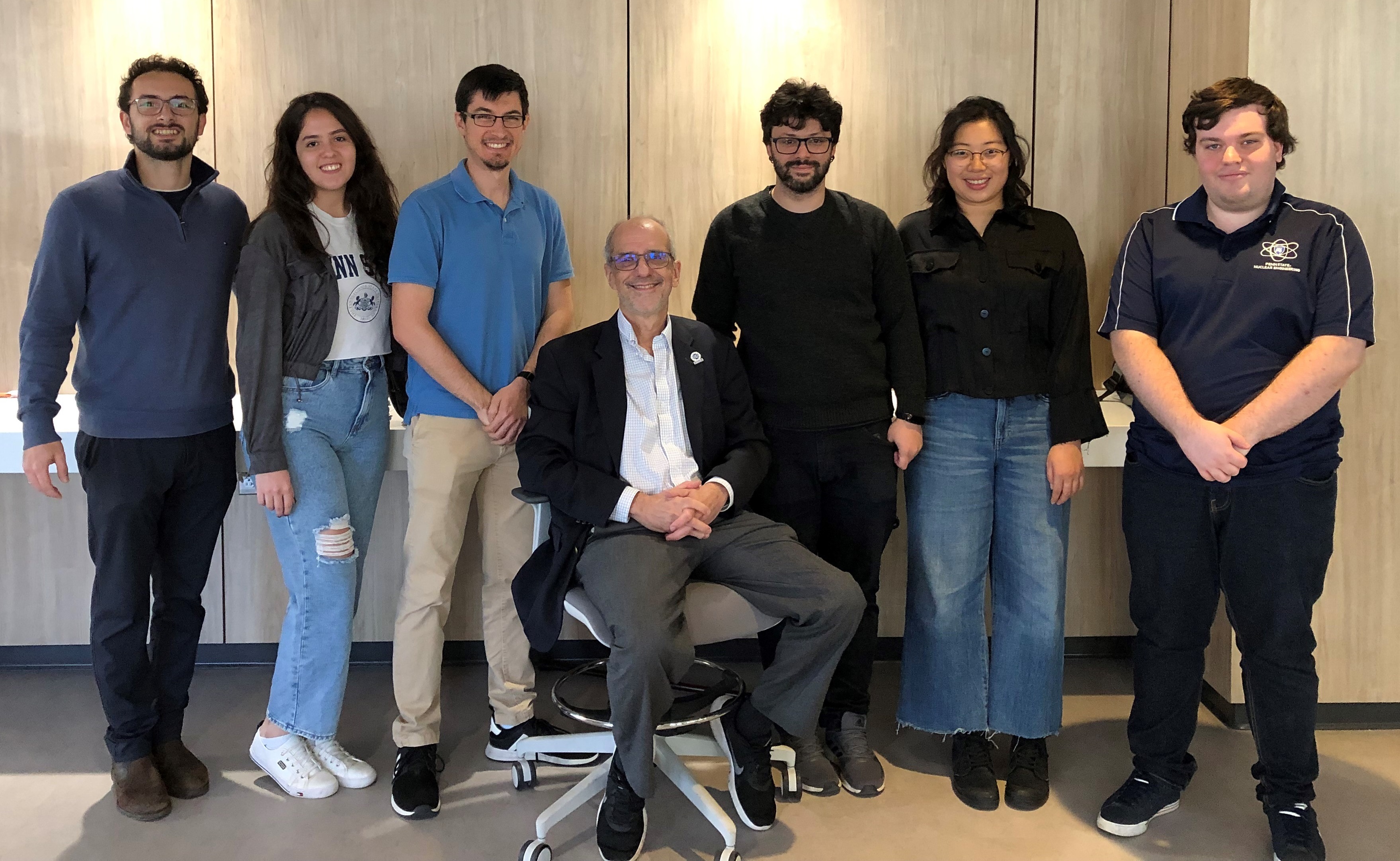 |
Dr. Arthur Motta - Materials for Nuclear Power Group
Arthur Motta holds a B.Sc. in Mechanical Engineering and an M.Sc. in Nuclear Engineering from the Federal University of Rio de Janeiro, Brazil, and a Ph.D. in Nuclear Engineering from the University of California, Berkeley. Dr. Motta joined the Penn State faculty in 1992, and prior to coming to Penn State, worked as a research associate for the CEA at the Centre for Nuclear Studies in Grenoble, France, for two years and as a post-doctoral fellow for AECL at Chalk River Laboratories in Canada.
He is a Fellow of the American Nuclear Society, and received the ANS Mishima Award for outstanding contributions in research and development work on nuclear fuel and materials. In 2016 he was awarded the ASTM William J. Kroll Medal for contributions to zirconium metallurgy in the areas of oxidation hydriding, deformation and radiation damage. He has collaborated with Don Olander on the textbook “Light Water Reactor Materials”, published by ANS. He recently received the Arthur H. Compton Award in Education from ANS and was made Membre d’Honneur of the Societé Française de Métallurgie et Materiaux.
His research interests center on the behavior of nuclear materials in the reactor environment, especially using state-of-the-art characterization techniques including transmission electron microscopy and synchrotron radiation diffraction and fluorescence to discern degradation mechanisms in service, especially of nuclear fuel cladding. He has over 190 publications, including several reviews and book chapters.

